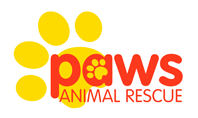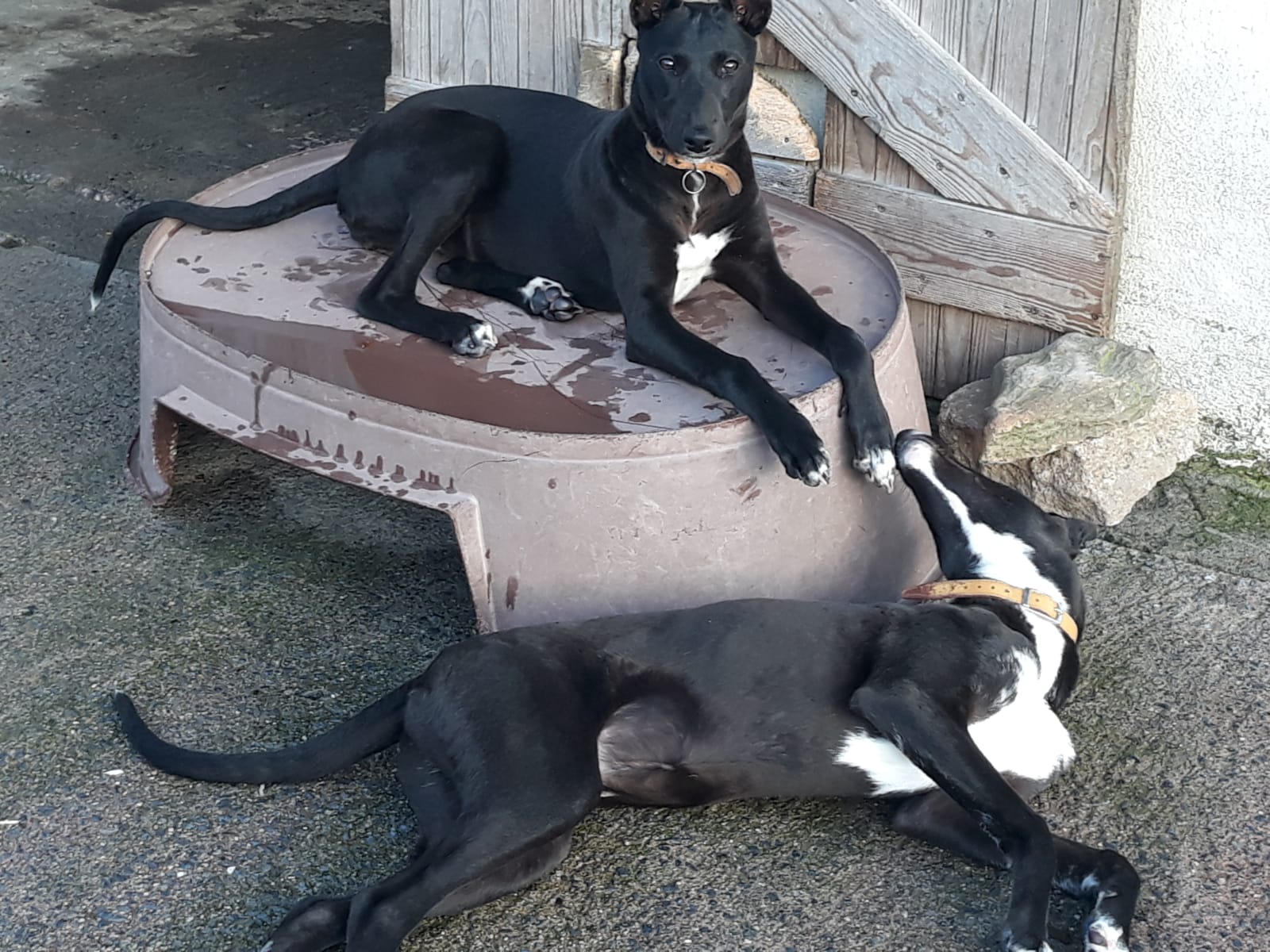Christmas is a tough period for any training time and it’s easy for dogs to keep to their positive behavioural habits and not be tempted by all the overwhelming hustle and bust and extra temptations around the house. Here’s our top tips for managing it and keep your dog out of trouble and the Christmas Dinner protected!
Remember, all dog breeds were bred with a specific purpose in mind. Some breeds, like the poodle and cocker spaniels, for example are working breeds. “Retrieving” items like grabbing food and things from the counter and using their mouth and having you take it off them, while they probably instantly go for the next thing they can grab, are all behaviours practiced in the hunting field. They think that they are doing what they are bred to do. The problem is our dogs quickly learn that not only are there lots of tempting things to investigate on higher surfaces but it comes with instant fun and attention while you try and get the item they’ve just pulled down away from them or everyone in the room suddenly turns to them.
We’ve spoken about canine enrichment before and they had a chance to investigate a few different enrichment toys at the session already but this is also the way to satisfy that “seeking” element of dogs’ natural behaviors in a more positive way as well as teaches them impulse control which also benefits counter surfing training.
With all that in mind, here is how we are going to get them out of the habit of it;
1. Keep the counters clear as much as possible to prevent temptation. This is a tough task at Christmas but keep things sealed and out of the way as much as possible. Management is key here as we need to reinforce staying off the higher up surfaces as much as possible during this training period.
2. More games and play taking place on the floor. Ask them for engagement by asking for “sit” or “down” around the counter like we did at the session or just reward them (treats or verbal praise) when theyre close to the counter and choosing not to jump on it. Encourage them to stay down and not go foraging up on their back legs searching on surfaces, by holding treats close to the ground so that they must stay low to get the treats, thus telling them in really simple terms that staying down is the rewarding behaviour, not reaching for the counter. Also scatter treats and chews on the floor during this kind of training time. Reinforcing searching behaviour on the floor and teaching them it’s more rewarding to stay on the floor and there’s more to do staying off the counter than jumping up. The more practice you do reconditioning them to stay down off the counters will see them get out of this habit completely. Reinforce the ‘staying off the counter’ mentality.
3. Practice redirecting them outside of training time when they try to steal something or go looking to pull things off the counter. Do not come after them, speak to them or try and take things from their mouth. This all just adds to “the game”.
Instead, immediately change their mindset by tossing treats next to them and giving them the command to “search” or “find it” and then praising them when they drop the item in favour for the nuts / treats on the floor. Or hold a treat right up to either dog’s nose and lead him away for a few moments and then toss it to him or give it to him when he leaves the counter or item they’ve grabbed. Alternatively you can say “let’s go” in an excited tone and walk briskly in the other direction and then reward them when they get off the counter to follow you, naturally.
If your dog takes off out of the room, dont come after him or fight to play tug of war, use a happy tone of voice to recall him back and reward him instantly when he naturally starts coming towards you, offer him a tug toy or ball, whatever you have on hand, and peak his interest in it by dragging it along the ground in front of him or bouncing it, tug of war’ing with him for a moment or two. Some dogs like Working breeds are focused on movement so if you go to give chase, he will be likely scarper off loving the game, if you stay still, calling him back to you, he’ll automatically come back to see why you’re not giving chase. This also redirects the ‘game’ of counter surfing by not giving into them and teaching them the right behaviour instead ie. Stop pulling things down!
4. Have natural chews (antler, whimzees, hooves – avoid any of the sugary chews and rawhide that cause digestional issues) on hand throughout the day to keep them motivated and interested in chewing the right stuff and playing with the right things. Don’t leave them with these chews 24/7, dogs love novelty, so have ‘chewing time’ where you take their antlers down from the cupboard for instance or frozen carrots if you find they enjoy them at certain parts of the day is perfect to keep them busy and stimulated the right way to take away the temptation of getting into trouble.
5. Practice instilling boundaries and restrictions in movement by adding boundaries around the house. Place time on beds and mats, closed doors and crate time sessions in the kitchen and dining room areas.
6. Try to be consistent in not reinforcing jumping behaviours at any time. Ask guests and family members that enjoy them jumping up to come down to their level for pets, or offer treats down at knee level, and turning away from them whenever they go to jump so they learns there is no reward in jumping up, at any time.
7. Practice swapping items throughout the daily routine, always offer them something more or equally rewarding when swapping items. For instance, if they grab a box of tissues from the kitchen table, don’t fuss them, walk away take a handful of treats, scatter them in front of dog and when he goes to eat the treats thus dropping the tissues, respond with “yes” or ” good!” In happy tones reinforcing the good behaviours and teaching him to respond to your command is the thing to do as he no longer gets rewarded with attention like a chase or tug of war for the stolen item and is rewarded for giving it up on command.
Also see our how to guide on teaching a solid leave it command further down the blog lists.





